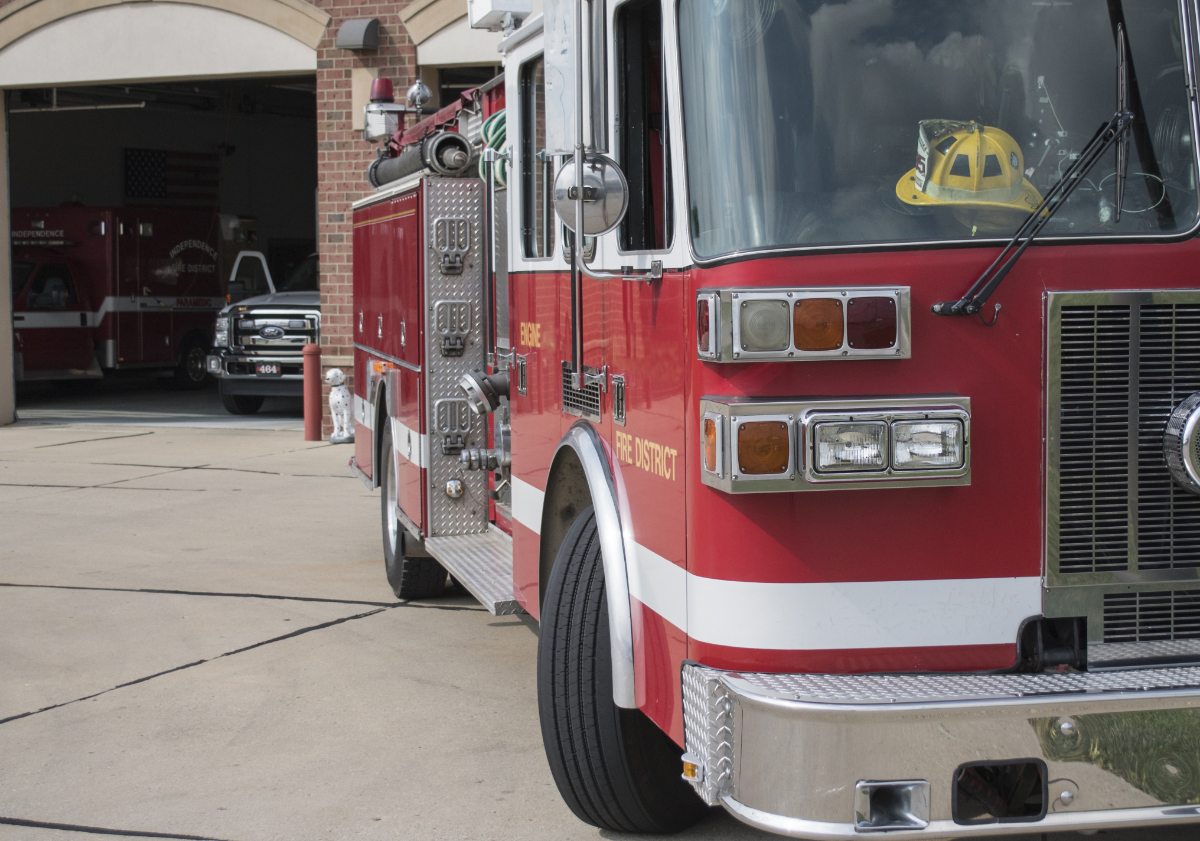
In today’s fast-paced emergency response environment, seamless communication between agencies is more important than ever. Fire departments, EMS teams, and law enforcement agencies often work side by side during complex incidents. Without the right tools, coordination can be challenging—leading to delays and inefficiencies. This is where fire dispatch software and emergency dispatch software make a transformative difference.
How Fire Dispatch Software Breaks Down Silos
Traditional dispatch methods can create silos between agencies. With advanced fire dispatch software, dispatchers can share real-time updates across multiple platforms and agencies. This ensures that everyone—from fire crews to EMS to police—has access to the same critical information, including incident location, status updates, and resource assignments.
Real-Time Data Sharing for Improved Coordination
By centralizing data and communications, emergency dispatch software eliminates the confusion that often arises when each agency relies on its own independent system.
Key Features That Enhance Inter-Agency Collaboration
Modern fire dispatch software offers integrated mapping, GPS tracking, and live incident dashboards. This allows multiple agencies to:
- View the same incident map in real-time
- Track unit locations and ETA
- Adjust resources on the fly based on the evolving situation
Smarter Resource Allocation Across Multiple Agencies
These capabilities make joint operations more efficient and reduce the risk of duplicated efforts.
When emergencies require a multi-agency response, knowing exactly where resources are and what’s available is vital. Emergency dispatch software enables dispatchers to allocate personnel, vehicles, and equipment from different agencies in a coordinated way—ensuring that the right resources are sent to the right place at the right time.
Using Incident Data for Continuous Improvement
Collaboration doesn’t stop once an incident is resolved. Many fire dispatch software platforms store incident logs, communications, and response timelines. This data can be reviewed in joint after-action meetings to identify strengths, improve workflows, and enhance training.
Strengthening Partnerships Through Technology
In high-pressure emergencies, the ability for agencies to operate as a unified team can save lives. By adopting advanced fire dispatch software and emergency dispatch software, departments can break down communication barriers, improve situational awareness, and ensure resources are used effectively. The result is faster response times, better outcomes, and stronger inter-agency relationships.
